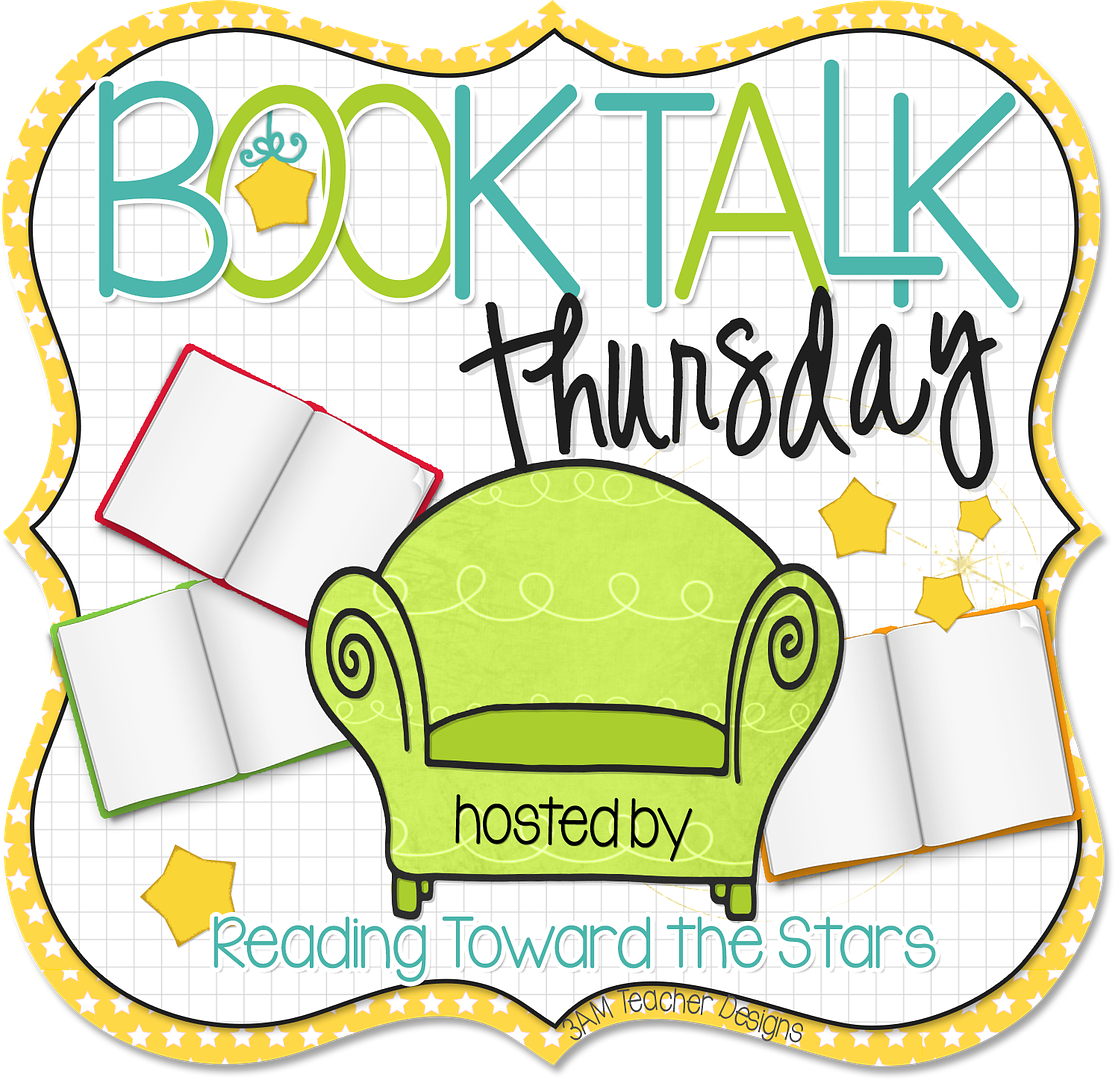My own kindergartner brought Sneezy the Snowman home from school. The story is adorable, and as I read it, I instantly began to think of all the different literacy skills I could teach with this book.
Summary: Sneezy the Snowman
Sneezy the snowman keeps shivering and sneezing because he is so cold. He gets silly ideas about what he can do to warm up, and things go very wrong. Fortunately, the children rebuild him and share their warm clothing with him. This happens several times until Sneezy is very bundled up. That's when he feels too hot and wants to take off all the clothes. The children say, "No, no!" and they tell him to cool off with some ice cream.
Fluency practice with Sneezy the Snowman
This book has some repeated lines young children will like to read with you:
Sequencing with Sneezy the Snowman
This story is great for sequencing. Sneezy is cold. He does something crazy and melts. The kids make him again and share some clothing. This series of events repeats three times before Sneezy's problem is solved. The pattern makes it easier for children to predict the sequence of events.
This sequencing lesson can be used in several ways depending on the ability of your students. Younger students will need more teacher direction, but if students are reading independently, you could print the sequence cards several times and have students work in small groups to put the events in the right sequence.
The sequence cards also provide a good tool for teaching cause and effect. Read a statement aloud, and ask "why" that happened and what happened as a result of the event.
Identifying key details and retelling with Sneezy the Snowman
Identifying key details and retelling stories is one of the critical comprehension skills in the primary grades. The key details of a story are usually who, what, when, where, and why. With young students and with ELL students, just knowing the meaning of these "W" words is important. Sometimes if you as a child what happened in a story, they will tell you who the story was about. To teach and practice the meaning of the "W" words, I use a "W" graphic organizer.
This graphic organizer that helps teach key details is free in my store; you can use it with almost any fiction book. The first time I introduce the graphic organizer, I have all the elements of the story written out in advance. In this book study, the answers to the "W" questions are written on cards. The cards (below) are meant to be read by the teacher. The teacher chooses a key detail to read aloud. The children identify the question that the key detail answers.
When the students determine which question the selected detail answers, they can put the answer-card on that word. This chart can then be used to practice retelling. The key details can be assembled in almost any order to make a decent retelling. Identifying key details and retelling a story is a skill we return to many times during the year. I model the skill the first few times I teach with this graphic organizer.
Retelling the story would make a good center activity. After you've taught the activity, many of the students will have heard the key details enough times to read them on their own. They can put the details onto the graphic organizer and retell the story to a partner.
If you teach slightly older students, or if your students are getting pretty good at retelling, you could give the students some more independence with this lesson. You can print the graphic organizer and key detail cards a few times. Students could work in small groups to match key details with question words, then they can take turns retelling the story.
Sneezy the Snowman book study for K-2
The Sneezy the Snowman book study, is currently just $2.00. In addition to the lessons described here, there is a vocabulary lesson and a sentence for students to cut apart and reassemble.
Here are some things teachers have said:
Love this! Simple and easy to use.
Really goes well with the book!
Good resource--perfect for use with my sequencing unit. Thanks!
One more snowman activity for K-2
If you're looking for a little free winter fun, you might like my Snowman Following Directions activity. Students usually have fun with this, and it's really great practice. Speech and Language teachers use activities like this frequently. I was surprised by how difficult this was for first graders.
When I did this activity, I learned a lot about my students. I thought some of my students were just ignoring my directions when I said things like, "Put your book in your desk and get out your pencil box." When I did this activity with them, I had a major realization: they literally cannot follow directions. They do not have this skill. No wonder I had so many behavior problems! Doing this activity (and I have lots of similar ones in my TPT Store) helps them understand what you mean when you say, "follow directions." Hope it helps you!
If you found this post to be useful, I hope you'll follow me around the web:
If you found this post to be helpful or interesting, I hope you'll follow me on social media and at my TPT store.



















I love this! Thanks so much! I bought each of my student's this book for Christmas so I know they will enjoy the activities for sure! Thanks again!
ReplyDelete